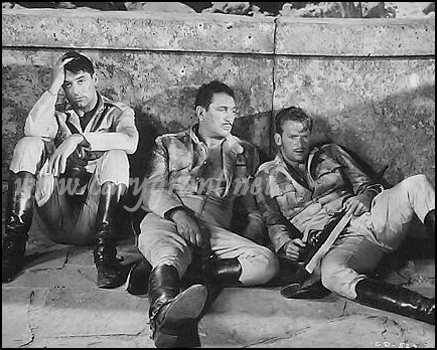

With relatively minor modifications, such as enlarged ports, bigger carburetors and increased compression, the test mule was soon making 55hp, creating the specification that would become the Black Shadow. So a reject Rapide was handed to George Brown’s experimental department - chosen, it’s said, because someone had at one stage added kerosene to the engine instead of oil, which, the story goes, caused it to be mechanically noisy. Irving had designed the Rapide engine with tuning in mind, expecting that one day it might produce as much as 100hp.

It was relatively light and compact for its engine size, and with 45hp it was good for close to 120mph: “Maximum speed not attained,” said one magazine’s road test report from 1947. The new machine bristled with innovation, including a servo clutch, reversible rear wheel for easy final-drive ratio changes, interchangeable drum brakes and much more. At the front end went proprietary Brampton forks, and at the rear, Vincent’s own triangulated suspension system.
#GUNGA DIN SCREENWRITER CROSSWORD SERIES#
Irving wanted a light bike, and with steel tube in short supply he decided to dispense with a frame, using a simple box welded up from steel plates to serve as backbone, steering head, oil tank and rear suspension mount.Įverything else was pretty much hung on the engine - a completely redesigned and much improved unit-construction version of the Series A twin-cylinder engine. Vincent’s first post-war motorcycle was the 998cc Series B Rapide, a machine that, by chief designer Philip Irving’s modest account, more or less designed itself. Gunga Din’s story, and Brown’s association with the bike, began in 1947. At the time (the late 1930s), a flying lap of more than 100mph at Brooklands earned the rider a gold star pin (the award for which the BSA Gold Star was named), but you had to be a member of the British Motor Cycle Racing Club. With his racing background, Brown soon became his own test rider, competing in short-circuit road racing on a Series A Comet, a 499cc single-cylinder machine, and running a 998cc Series A Rapide twin at over 100mph on the famous Brooklands banked circuit in southern England. Brown had been racing Velocettes until then, but his new position allowed him to spend time breathing extra fire into the Series A Vincent singles and twins to improve their competitiveness. A chance meeting with company owner Philip Conrad Vincent in 1934 led to an offer of work in the fledgling company’s experimental department. One man who did have the measure of Gunga Din was Vincent factory tester, development man and racer George Brown.

The Rudyard Kipling poem “Gunga Din” tells the story of an Indian water-bearer who saves the life of his military superior, at which the latter declares, “You’re a better man than I am, Gunga Din!” The implication? Markham’s realization that the motorcycle’s capabilities were beyond his own. The story goes that it was Motor Cycling magazine road tester Charlie Markham who gave the experimental Vincent its name. Few motorcycles achieve such acclaim - or notoriety - that they’re individually named: Cook Neilson’s Ducati racer earned the tag “Old Blue,” and the oil-spreading, TT-winning Triumph Trident will forever be known as “Slippery Sam.” And a 1947 Vincent factory hack became the legendary test-bed race bike “Gunga Din.”


 0 kommentar(er)
0 kommentar(er)
